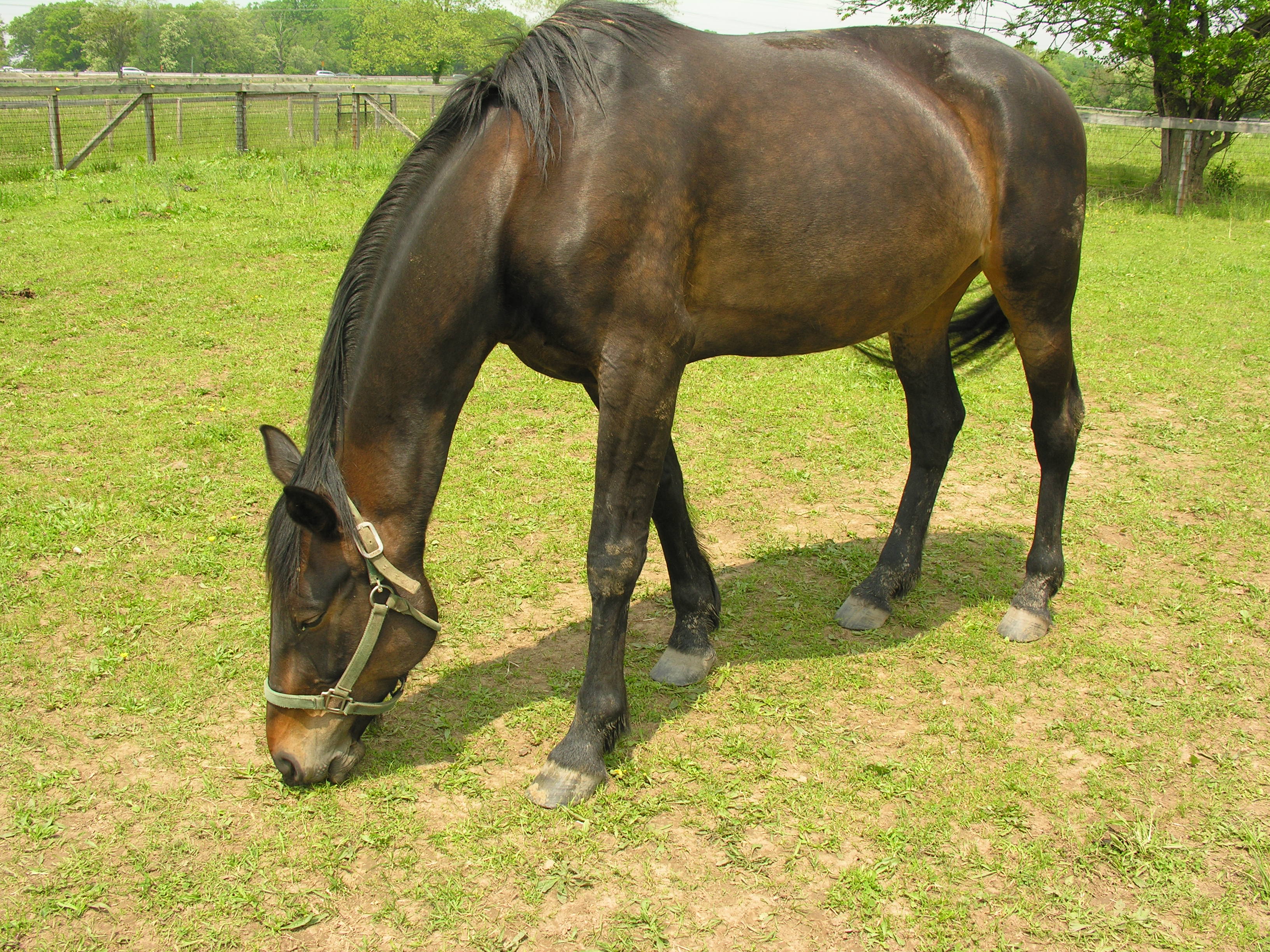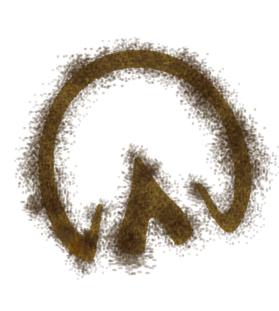It’s the beginning of March, so that means spring is right around the corner!!! Good-bye to the minimal 8-hour days of sunlight and hello fresh pastures and warmer temperatures! Now is the perfect time to evaluate your fields and barn management routines to ensure you and your horse will have an easy transition to the new season. Fortunately for you, I have assembled an easy-to-follow list to guide you during this transition period!
1. Vaccinations
Ok, I hate needles as much as the next horse, but getting your spring vaccinations are very important to reduce the risk of contracting fatal diseases. Make sure you have your barn manager schedule a day for vaccinations before the travel season starts! The core vaccines my veterinarian recommends are Rabies, Tetanus, West Nile Virus, and Eastern/Western Encephalomyelitis. Check out the Equine Science Center Vaccination Kit guidelines for warning signs, treatment, and other information about common diseases here!
2. Pasture Caution
Once the grasses start peeking up, your horses will be tempted to start nibbling on the pasture. These grasses are young and immature, meaning they are nutrient dense! Take caution! When grasses have a high nutrient content, they can cause metabolic and digestive problems for horses that have unlimited access to grazing. Specifically, the high sugar content can lead to obesity and stomach upset. In addition, sugars are rapidly fermentable and can throw off the horse’s entire digestive system. The resulting imbalance can lead to laminitis, which is a very painful condition of the hoof tissue. The best way to reduce any of these incidences is to limit grazing time! Research also shows that sugars are lowest in the early morning and highest in the late afternoon, so make sure you turn your horses out early!
Be sure to manage your horses on the fresh spring pastures! Over grazing can lead to obesity, digestive issues, and laminitis.
3. Fire Safety
As my best pal Allie discussed in a previous blog post, fire prevention is crucial to stay as safe as possible in the event of an emergency! Spring cleaning is a great time to check the extinguishers around the property for physical damage, corrosion, or leakages, and ensure they will work in case a fire breaks out.
4. Damage Control
Once the snow melts, it provides the opportunity for barn owners to survey and evaluate potential damage to the property and facilities that could have occurred during harsh winter conditions. This includes re-setting the footing in the outdoor arenas where most of the material was washed away with thawing temperatures. Spring is also a great time to reseed pastures, but make sure you do not include any plants that can be toxic to horses!
Well there you go kids, a brief spring checklist to ensure an easy transition from those chilly winter days to coat shedding season!
Until next time,
Lord Nelson


